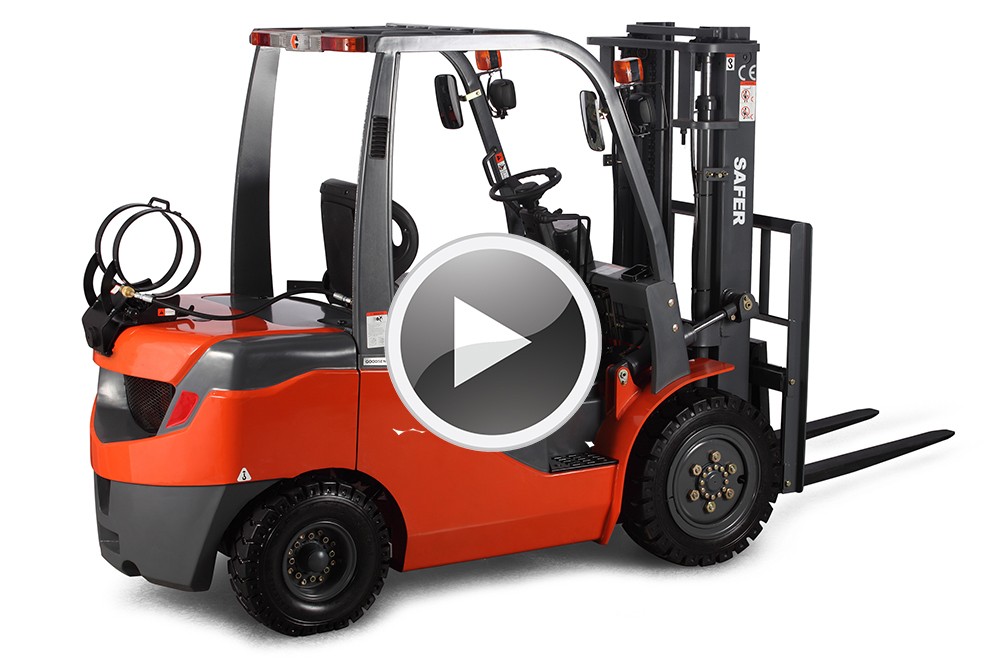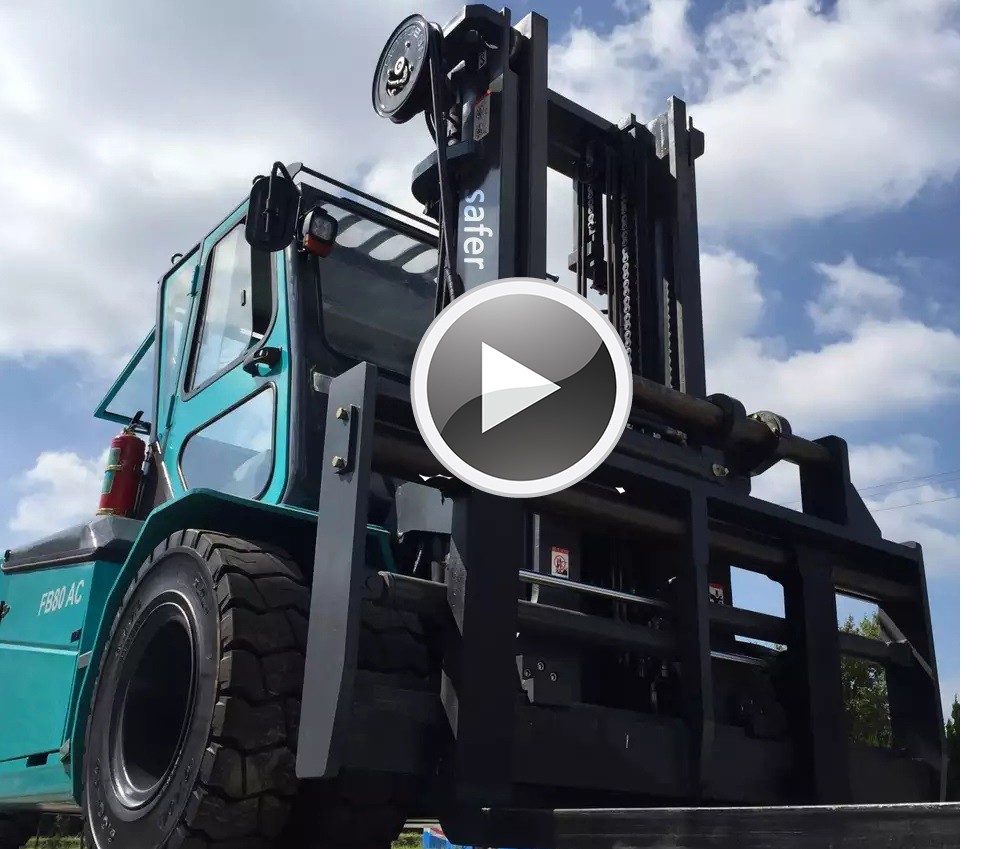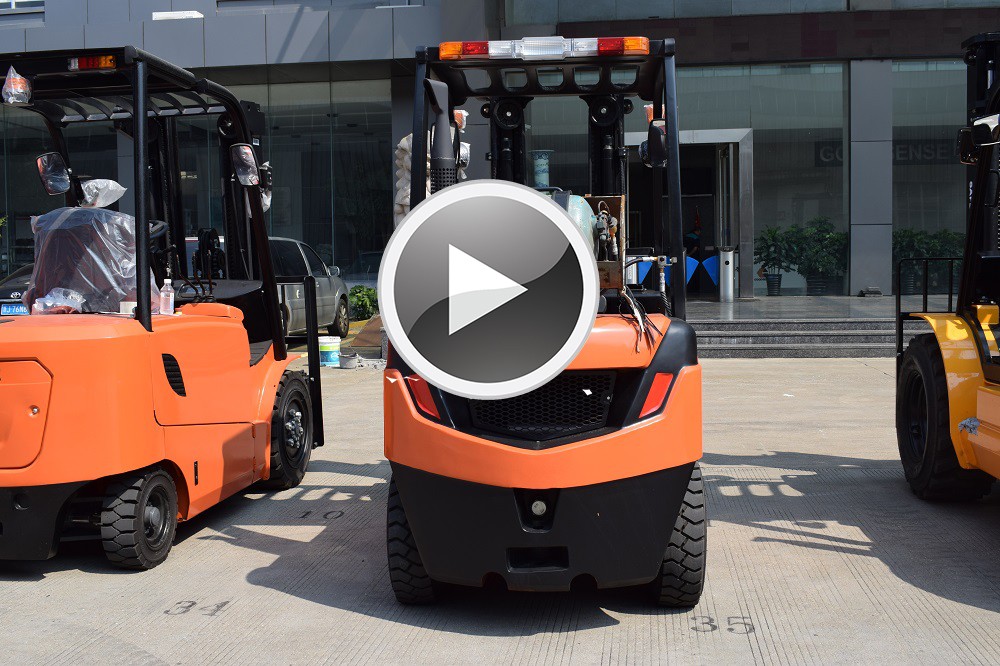Starting from the conditions required for the smooth start of the diesel engine, the reasons for the difficulty in starting the diesel engine are analyzed. This paper takes the single cylinder machine S195 as an example to discuss the fault diagnosis method for starting difficulties.
Difficulties in starting diesel engines are common faults on diesel engines. The causes of failures are complex and often occur in diesel engines that have been in use for some time. Because the diesel engine runs for a period of time, due to the influence of natural wear and human factors, the technical state will be deteriorated, and it is easy to start. Difficulty in starting is that according to the start-up procedure, it can't be started for more than 3 consecutive times, and even if it is taken by auxiliary means, such as heating the water in the water tank, the diesel engine can not be started.
Conditions required for a smooth start of the diesel engine
The following three conditions must be met for the successful start of the diesel engine, and it is indispensable.
01
The inhaled air should form a strong swirling flow, and at the end of the compression, there must be a compression end temperature of 200 to 400 ° C higher than the diesel self-ignition point, that is, 500 to 700 ° C. If the cylinder or the valve leaks, the pressure in the combustion chamber is insufficient, and the temperature and pressure at the end of the compression are not up to the requirements, which may cause the diesel to fail to burn normally, causing the diesel engine to fail to start.
02
The fine atomized diesel fuel is injected into the combustion chamber at a high pressure in a timely manner. The structure of the fuel system is complicated and the parts are precise. Once a certain part of the middle part fails, the oil supply will be abnormal, which will make the diesel engine difficult to start or cannot start.
03
The crankshaft rotation speed is higher than 110 r/min. If the starting device of the starting device is insufficiently powered and the operation is not normal, the crankshaft speed is lower than 110 r/min, which will directly affect the normal starting of the diesel engine.
Start speed is too low
01
The air vortex is weak, the mixing of fuel and air is worse, the temperature in the cylinder is lowered, the fuel is not easy to evaporate, and the ignition condition is not satisfied;
02
The fuel injection pressure is low, the fuel injection quality is deteriorated, and the fuel injection amount is significantly reduced, which does not reach the required oil supply amount at the time of starting;
03
The compressed gas is easily leaked through the tight seal of its cylinder, causing a decrease in the compression end temperature and pressure, thereby making the diesel engine difficult to start. In addition, the low ambient temperature and the failure of the lubrication system cause poor lubrication of the coordinated motion pair, resulting in increased resistance of the crank linkage mechanism and difficulty in cranking, which may also cause difficulty in starting the diesel engine.
It can be seen from the above analysis that the main fault areas causing difficulty in starting the diesel engine are the compression system and the oil supply system; the secondary fault areas have lubrication systems and starting devices; and environmental conditions. When encountering the difficulty of starting the diesel engine, we only need to look up the diagnosis from these aspects and eliminate it one by one, which will definitely restore the good starting performance of the diesel engine.
The reason why the diesel engine is difficult to start
01
The failure of the compression system. Mainly because the pressure at the end of the cylinder compression does not reach the specified value, the mixture in the cylinder cannot be burned normally. This is mainly due to the ingress and exhaust valve wear, carbon deposition, improper adjustment of the valve clearance, etc., resulting in a valve closing that is not tight and leaking, or the wear gap between the piston ring and the piston and the cylinder sleeve is too large, so that the combustion chamber is not sealed. Good and leaking.
02
The fuel supply system is faulty. It can be analyzed according to the low pressure oil circuit and the high pressure oil circuit. The low-pressure oil circuit fault includes: the oil in the fuel tank is insufficient or the fuel tank switch is not open, there is air or water in the oil passage; the fuel tank cover vent hole is blocked; the oil circuit or the diesel filter is blocked and the oil is not supplied; the filter screen of the oil pump is blocked; The oil pump valve is viscous or unsealed; the oil pipe in the fuel tank is broken or loose; the oil pump is connected to the oil pipe lock nut intake; the oil pump is not working properly. The high-pressure oil circuit failure includes: the fuel pump plunger and the sleeve wear overrun; the oil outlet valve is loose, viscous, oil leakage or its spring is broken; the throttle rod or plunger is retained in the non-oil supply position; the injector The needle valve is carbon or sintered and stuck; the fuel injection is low, the pressure is low and the atomization is bad; the nozzle hole is blocked; the pressure regulating spring is adjusted too tightly or has been broken; the high pressure oil pipe is broken, the joint is loose or there is air in the pipe.
03
Failure of the starting system and electrical system. Mainly due to poor circuit contact, the performance is loose joint; the battery is insufficient, the power of the starting motor is reduced; the contact between the motor carbon brush and the commutator is poor or the spring of the carbon brush holder is too weak; the starting motor carbon brush is seriously worn; the starting motor gear cannot be embedded. The human flywheel ring gears mesh with each other.
04
Lubrication system failure. There is air in the oil circuit; the oil filter is clogged; the oil filter is clogged; the oil pressure of the oil pump is low or the oil supply is insufficient; the oil line, the oil passage is blocked or leaks.
05
other. The air filter is severely blocked, so that the cylinder can not take in air; the cylinder head exhaust or exhaust pipe is blocked, so that the exhaust resistance is too large; the small hole is blocked on the vortex chamber insert.
Troubleshooting (taking the single cylinder machine 5195 as an example)
01
Turn off the throttle, depressurize, and shake the handle to quickly rotate the flywheel. If the flywheel rotates slowly, laboriously, and has a sense of blockage, it indicates that the oil is too much impurity, too thick, or the connecting rod and the main shaft are too small. If the flywheel rotates freely, easily, and has inertia, it indicates that the matching clearance is normal. If there is a "hoof, slap" hoof or a piston knocking sound, the tightening nut on the rocker shaft seat is loose, and the valve clearance is incorrect.
02
Turn off the throttle without depressurizing, and shake the handle to slowly rotate the flywheel. When you feel heavy, remove the handle, change direction, and then depressurize your hands. If the flywheel does not move, it indicates that the valve is in good breath, and there is no air leakage at the cylinder pad and the copper pad of the injector; if the flywheel rotates freely and does not work hard, the cylinder head emits a “beep, bang” sound, indicating that the valve is leaking. The air intake pipe is used to lubricate the valve with a small amount of oil, and at the same time, the oil of the oil pan is drained, the rear cover of the body is opened, and the flywheel is rotated by the rocking handle. If the cylinder sleeve and the piston skirt are leaking, a misty airflow surges out.
03
Open the throttle and decompression. If it starts, it will hear the sound of “clam, sputum”, and the exhaust pipe will continue to emit thick smoke, indicating that the oil passage is smooth and the oil supply is normal; if the sound of the fuel is weak, the exhaust pipe will emit blue smoke, which is mostly sprayed. Poor oil atomization and oil pump plunger wear, pump oil is weak; if the exhaust pipe emits white smoke, most of the oil supply time is wrong or not oil. The reason is: the winter diesel label is wrong, the oil is condensed, the oil pump outlet valve hole is blocked, the air filter is clogged, and the small hole is blocked on the vortex chamber insert.
04
Hot car ignition. If the diesel engine is started, it needs to be ignited multiple times, indicating that the fuel pump has a large advance angle error, poor injection atomization, severe wear of the oil pump plunger sleeve, and insufficient compression ratio (valve, piston ring, cylinder gasket leak, valve seat) The amount of sag exceeds the specified value, the piston is eccentric, and the cylinder sleeve is out of round. It shows that the diesel engine technology is in poor condition, the fuel consumption rate is large, the power is small, and it needs to be repaired in time.
Pre:Forklift scale tips
Next:Analysis: The engine can't start!



